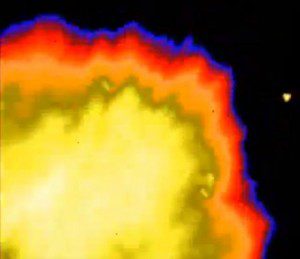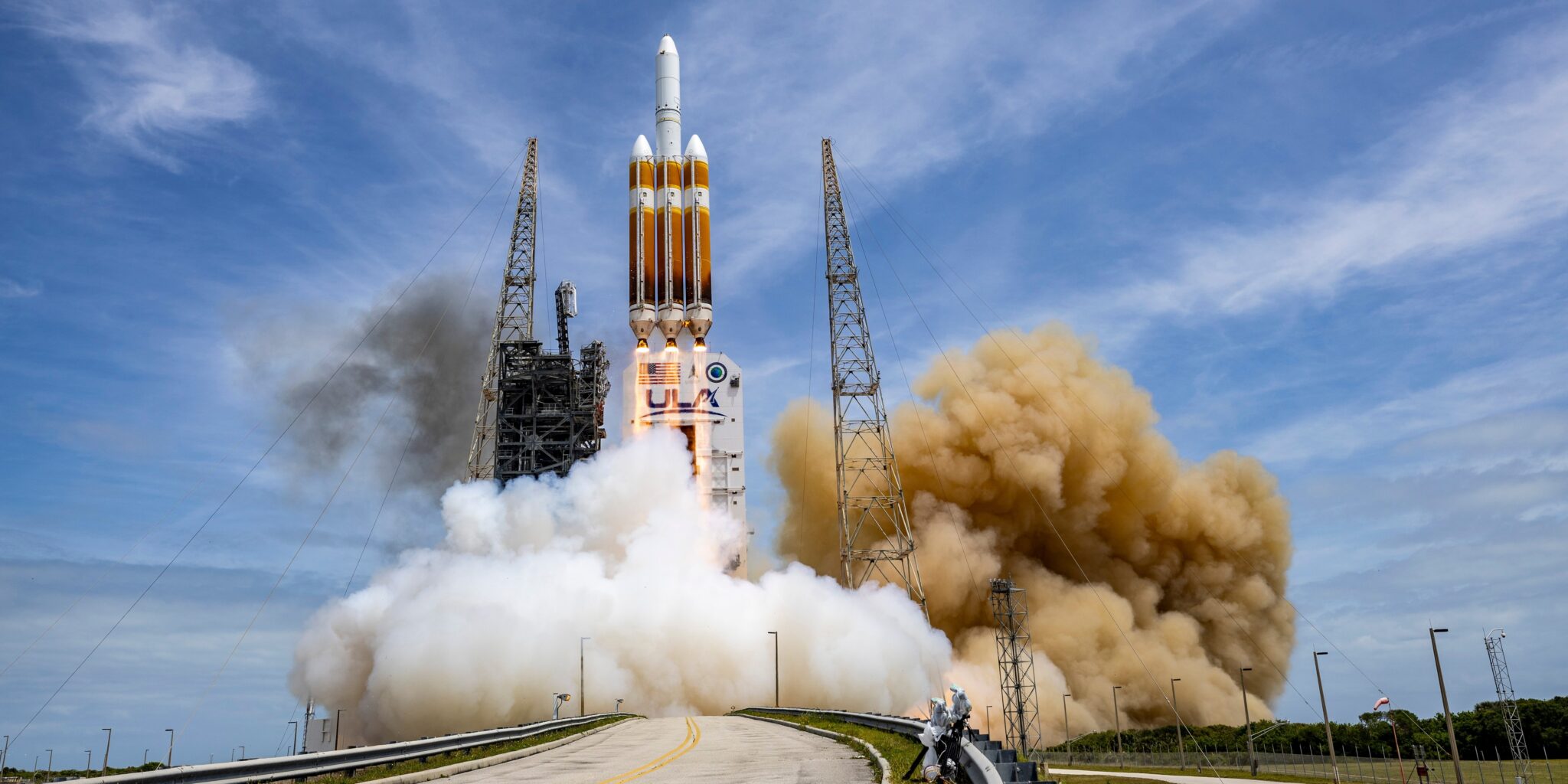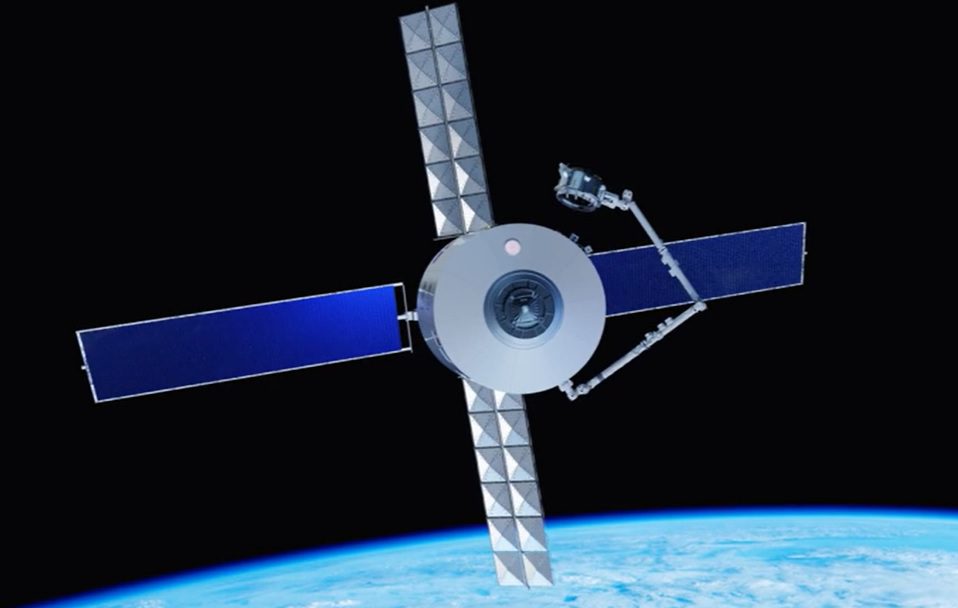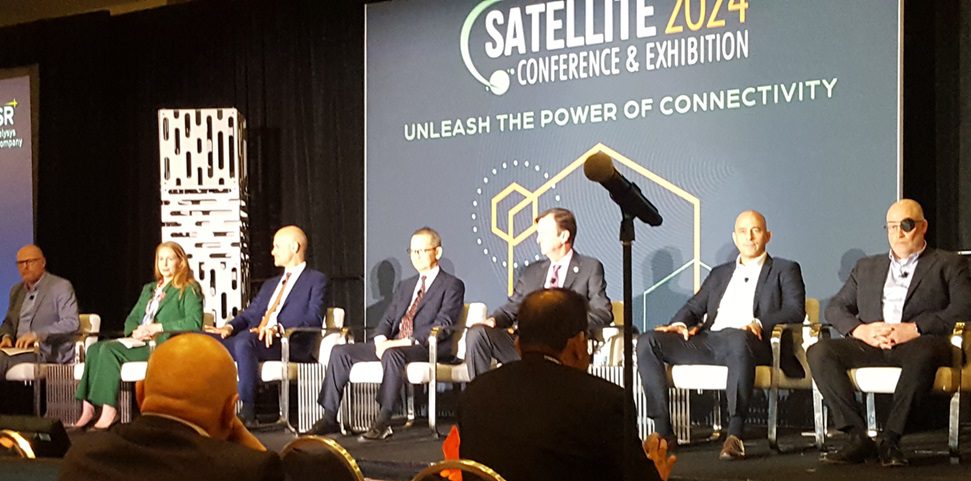Below and in the extended portion of this blog post are my notes from a telecon I had with a Lockheed Martin Orion crew exploration project manager in mid-2009. The bizarre situation was that I was at the Colorado Convention Center and Lockheed Martin Space Systems is only a car journey away but I couldn’t get a rental car to get myself there (something was happening that meant all the rentals in and around Denver were taken) and the aerospace prime didn’t seem too enthusiastic to come get me
I had planned to write the interview up at the time but events got in the way and despite repeated attempts since to get an interview with Lockheed to update this information and write a feature or lengthy blog nothing came of any of it
In the months since that telecon we have had news about the Orion heat shield being made by Lockheed, the choice of lithium aluminum supplier has been made with Rio Tinto Alcan annuoncing its selection and there have been Aerojet engine tests and ATK’s Orion launch abort system attitude control motor tests; and one company called G Systems has made public the fact that it has delivered its test stations to the Michoud Assembly Facility for Orion. Next month I think there is an Orion pad abort test too
Anyway, last year I began to write “After a 10-month delay to its preliminary design review NASA has spent over $3 billion on its Orion crew exploration vehicle,” and below are my notes
International Space Station (ISS) is higher inclination [than lunar orbit], requires more launch vehicles performance but the spacecraft is [now] lighter
Can carry 3,500lb more cargo to ISS with four crew
Four crew is now the baseline but requirements for that have not been spread through out Constellation
Amount of [crew] consumables didn’t change very much [with crew reduction]
We have always kept the waste management system
[Astronaut corp] Crew has been very involved from the beginning
“Driving all the systems to an optimal path, we need enough time to check out the vehice before we fly”
Fan motors have a two year lead time
Putting together different options for Orion and its service module (SM), 17,500lb propellant for lunar, 8,000lb for ISS, SM can be used as a space tug, this could have 16,000lb
we are at 606G design for PDR and after next two cycles get to 606H
21 August have PDR board that lasts for a couple of days
Chutes might be more mature than we think
New materials for chutes could be qualified in three to five years and they would be smaller and lighter and the plan is to incorporate them for lunar missions
2,000lb saved by going to four people
Need arrays for ISS missions as arrays are lighter and take up less volume [than batteries?]
Sunlight shading issues with arrays as there will be shading from ISS but Orion will have a [station to spacecraft power transfer system] SSPTS
“We are settling on where all of its [RCS] jets are,” don’t want to contaminate [with RCS plume] command module (CM) windows or star tracker windows and may have to have shields for them, door or shield to deploy
Upright balloons, have always had them, Orion has two stable positions, one up right, one upside down
Launch abort system test later this year, we will use some of the Orion flight software, to confirm risk reduction activities
Could incorporate some flight software later, autonomous lunar orbit, and thermal manoeuvres
Had hundreds [of people] reviewing our paperwork for PDR
We have fixed on a diameter for the solar arrays, small percentage in and out, balancing power profile in and out, power consumption, efficiency of solar array
Content review was spring, April to May
Orion is highly flexible, asteroid missions, L1, L2
180-day missions on orbit was original spec
SM can be configured for two or four [propellant] tanks for ISS and lunar missions
Unpressurised cargo, CMGs, could go in space vacated by [SM propellant] tanks
Flight software is always a concern and we have built test labs to check
We think we can reuse some part of the CM. Trying to look at operations and productions costs. We are at about 45% of vehicle being reused. As a design trade, life cycle, qualification costs, disassemble, checkout. Avionics, ECLSS, assessing reusability of these, some systems inside the pressure vessel, some outside, how do you seal systems in from outside? Heat shield is too expensive to refurbish
1 in 3,000 chance that there would be a contingency land landing. Land landing survivability but no reuse, typically, yes, working up to that.
Avcoat can be manufactured in one piece, no safety concerns for seals or gaps between segments. Avcoat was third or fourth choice but in weight, cost, safety it won over PICA
I don’t know [when we were asked to go to four crew] there was discussions for quite some time, we don’t need to bring back all the ISS crew and the lunar mission is for four, in an emergency you could configure Orion for six. Vehicle remains the same with four crew, seat x diameter
Parachute deployment sequence, we have a system that works but it is one of the least reliable areas and we need to make it more robust
Water landing more economical for mass, target area 5-10km off of coast of California
After PDR 18 months to CDR








